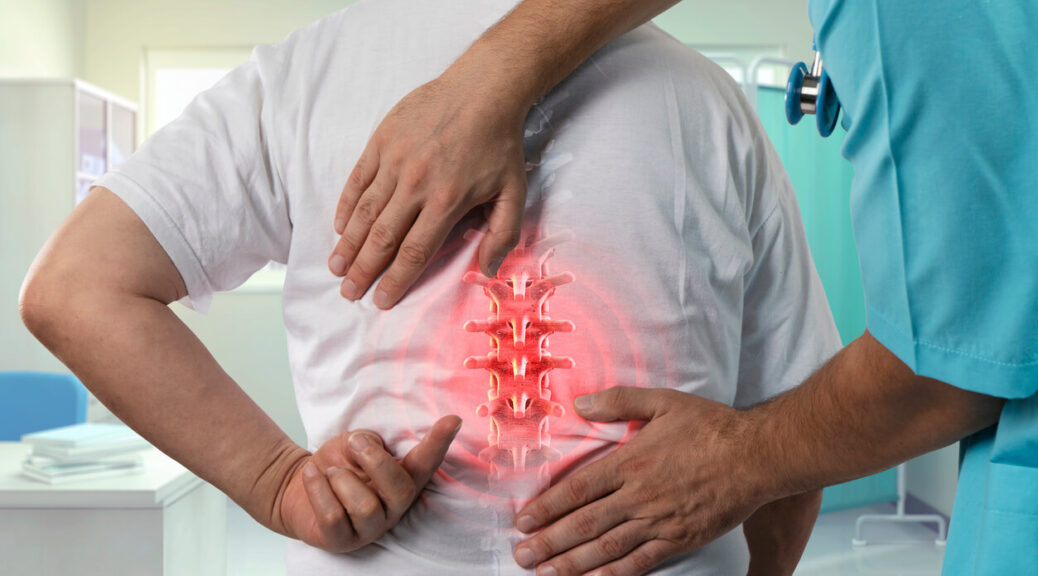
The Ultimate Guide to Plantaris Muscles and Effective Pain Relief Techniques
How to Understand Plantaris Muscles
The plantaris muscles are very important for our body’s support and movement, but they are often forgotten when we talk about muscles. The plantaris muscle is a thin, long muscle that runs parallel to the bigger gastrocnemius and soleus muscles. It is deep in the calf. Even though it’s not very big, the plantaris muscle is very important for the right functioning of the lower limbs.
How the Plantaris Muscles Are Built
From the lower part of the femur, near the lateral condyle, the plantaris muscle starts to go down behind the knee joint. After that, it goes through the calf area, next to the Achilles tendon, and ends at the calcaneus, which is the heel bone. The plantaris muscle’s main job is to help bend the knee and plantarflex the ankle, but it also helps keep the ankle joint stable while you move.
Problems that often happen and ways to ease pain
Strain on the plantaris muscle
Plantaris muscle strains are less common than injuries to bigger muscles like the hamstrings or quads, but they can be very painful and make it hard to do normal things. Muscle fibres are torn in tiny pieces when you strain them, usually by moving quickly or using them too much. If you strain your plantaris muscle, you might feel pain in your leg, see swelling, and have trouble moving your ankle or knee joint.
Choices for Treatment
1. Take it easy and use ice
If you hurt your plantaris muscle, you should rest right away so that the muscle can heal properly. Putting an ice pack on the hurt area can help reduce swelling and ease pain. Until the pain goes away, it’s important to stay away from activities that make the strain worse.
2. Lift and Compression
Putting a compression wrap around the calf can help support it and lower the swelling. Putting the hurt leg above heart level also helps reduce swelling and speed up the healing process.
3. Exercises for stretching and building muscle
Once the acute phase is over, light stretching can help the calf muscles, including the plantaris, become more flexible and improve their range of motion. By making muscles more stable and durable, strengthening exercises that focus on the calf muscles can also help avoid future injuries.
Pain O Soma 500Mg is a prescription medicine that treats muscle pain in the most effective manner. It also offers quick relief from any discomfort which is caused by the muscle contractions. It provides relief from acute painful muscle to the adults. It also treats skeletal condition in the adults. The medicine should be taken only by a Doctor’s advise.
Getting help from a professional
If you are in a lot of pain or feel like you can’t get comfortable, you should see a doctor. Physical therapists can help people with plantaris muscle injuries get better by making personalised therapy plans. In addition, they may suggest treatments like massage or ultrasound therapy to help the body heal faster and feel better.
How to Avoid Injuries to the Plantaris Muscle
The right way to warm up and stretch
Before doing physical activities or exercise routines, it’s important to do enough warm-up exercises to get the muscles ready for work. Stretching the leg muscles in a dynamic way can help keep them from getting strained or hurt.
Progress Over Time
To keep the plantaris muscle from getting too tired, don’t suddenly increase the strength or length of your workouts. By making small changes to training plans over time, muscles can gradually adapt, which lowers the risk of strain or damage.
The Right Shoes
The plantaris and other leg muscles can be less stressed if you wear shoes that support and cushion your feet properly. Shoes made for specific sports, like running or weightlifting, help keep your feet in the right place and keep your lower limbs from getting too tired.
In conclusion
To sum up, knowing how the plantaris muscles are built and what they do is important for avoiding and treating injuries correctly. Individuals can maintain their best muscle health and mobility by taking preventative steps and using the right pain relief methods. Remember to pay attention to your body and see a doctor if you’re having pain or stiffness in your calf that won’t go away.